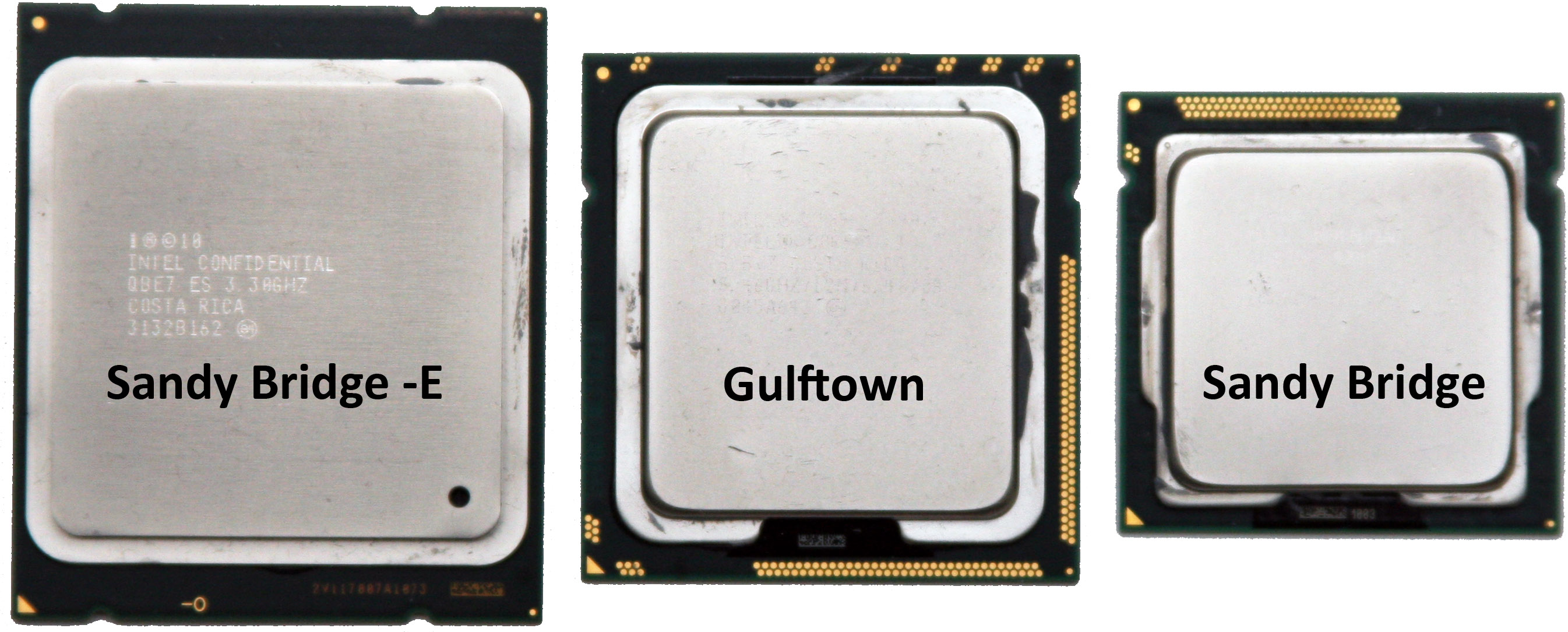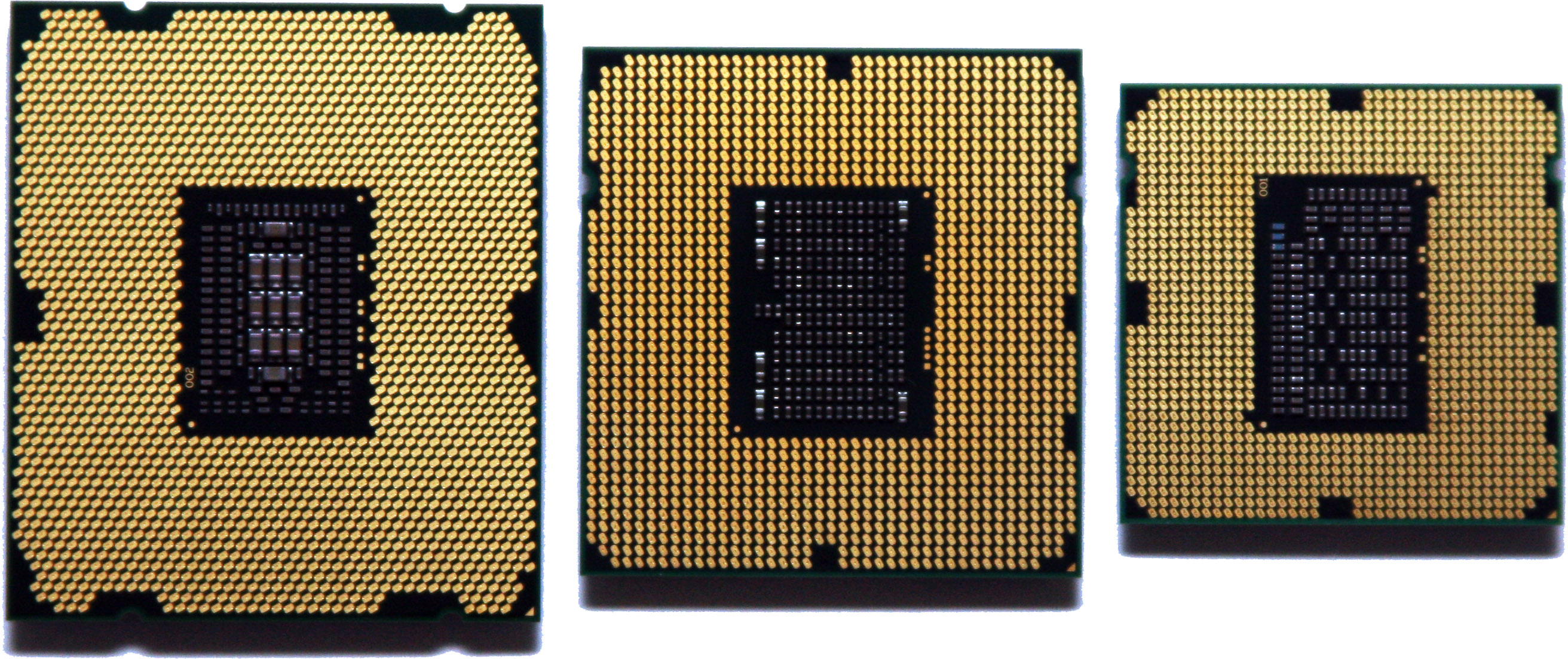Core i7-3970X Extreme Review: Can It Stomp An Eight-Core Xeon?
After one year of dominating the enthusiast space, Intel's Core i7-3960X is being replaced. The new Core i7-3970X features higher clock rates, but also imposes a 150 W TDP. Just for kicks, we're putting it up against another 150 W CPU: the Xeon E5-2687W.
Core i7-3970X: Faster, But Less Efficient At The Same Price
Intel didn’t have to launch the Core i7-3970X. Its -3960X was already the fastest single-socket workstation processor you could buy. But, in the year that has passed since Sandy Bridge-E first debuted, Intel also introduced its Ivy Bridge architecture. Better per-cycle performance gave enthusiasts something to consider: do you save some money by buying a quad-core Ivy Bridge-based processor, or splurge on an older architecture for its higher core count and more generous PCI Express connectivity?
With the Core i7-3970X, Intel gives power users with money to spend a little more reason to lean in favor of Sandy Bridge-E. An extra 200 MHz under full load is reflected in apps like Adobe Photoshop, Premiere Pro, Autodesk 3ds Max, Microsoft Visual Studio, and Maxon Cinema 4D. A 100 MHz-higher Turbo Boost bump helps iTunes, PowerPoint, and Lame.
Although Intel is maintaining its $1000 pricing on this desktop flagship, you’ll need to pay closer attention to cooling. A massive 150 W TDP is more than Intel’s LGA 2011-oriented heat sink can handle. Instead, the company recommends its closed-loop thermal solution, adding nearly $80 to the already-steep CPU's cost.
Unfortunately, at least in our suite of tests, the extra infusion of performance isn’t significant enough to counteract higher power consumption. Efficiency suffers as a result. There’s a good chance you won’t care if more speed in a money-making application covers the difference.
Though, in that case, we’re obligated to mention Intel’s Xeon E5-2687W. It’s a $1900 processor, yes. It’s also rated for 150 W. But if you need your software to run as quickly as possible, this eight-core monster armed with 20 MB of L3 cache tears through threaded workloads—and it does so more efficiently than even a year-old Core i7-3960X.
Get Tom's Hardware's best news and in-depth reviews, straight to your inbox.
Current page: Core i7-3970X: Faster, But Less Efficient At The Same Price
Prev Page Power Consumption And Efficiency-
amuffin 100mhz faster than the 3960X, not worth the extra premium.Reply
Same thing goes for the 3960X compared to the 3930K....not worth the extra 100mhz for $400.... -
tumetsu I've recently started facepalming every time I see BF3 in CPU benchmarks. "Boy oh boy, this hasn't been confirmed like a hundred times already but the single player is decidedly graphics-bound, so here, have these charts with identical results anyway."Reply -
dragonsqrrl jaquithBoo on Intel for not enabling all 8-cores especially at that price!They don't have much of a choice when it comes to the i7's. With the 32nm Sandy Bridge-E Intel has to make a choice between prioritizing clocks or core count within a 150W TDP, based on the target workload for a particular processor. For Xeon's the choice is easy, more cores. For desktop applications the choice isn't as clear, but I think most users would still benefit more from a higher clocked 6-core than a lower claocked 8-core. That's slowly changing though.Reply
Intel also doesn't want a situation where their LGA 1155 processors outperform their $1000 extreme edition in lightly threaded workloads, which is yet another reason to favor 6-core for now.
I'd personally like to see an 8-core i7, even if it means lower clocks, but I don't think that'll happen until Ivy Bridge-E. At 22nm Intel probably won't have to make a choice, we'll get the best of both worlds. -
nebun jaquithBoo on Intel for not enabling all 8-cores especially at that price!why would they....they don't need to do it at this time....amd's top cpu is still very slow when compared with even intels mid rannge cpusReply -
unknown9122 Why do people still benchmark on itunes 10.4? 10.7 is out... as for the 8 cores as said above^, there is no need to have more than 6. Because if it had 8, then xeons would not sell to pros.Reply -
BoredErica Why are we not manually overclocking this expensive CPU? Why do we do benchmarks against stock ig 2500k?Reply -
A Bad Day You also forgot something when comparing against Xeon:Reply
Stability test.
Run the i7 for one month under Prime95. It will crash. Run the Xeon for one month under Prime95. If it crashes, then you got a defective Xeon because they're not suppose to crash under 24/7 workload. -
anthonyorr nebunwhy would they....they don't need to do it at this time....amd's top cpu is still very slow when compared with even intels mid rannge cpusReply
Why would you even include the 8350? It is 1/6th the price of this CPU. I couldn't imagine what a modern AMD desktop CPU would consist of at the $1000+ price range.


